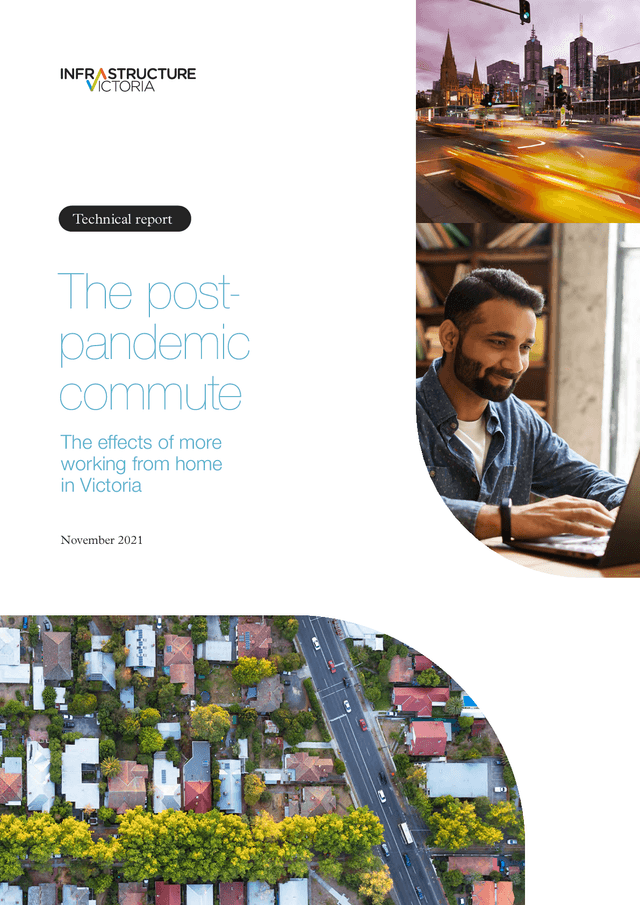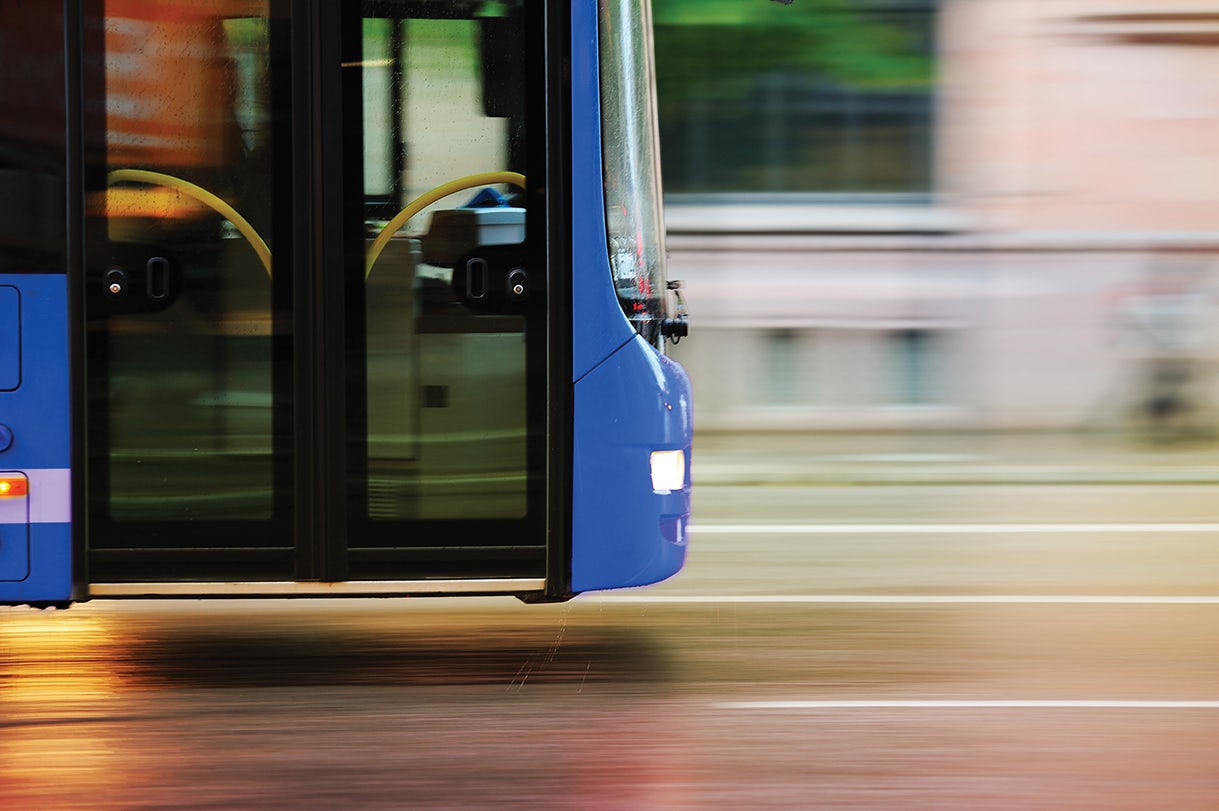The post-pandemic commute

The effects of more working from home in Victoria
In this report, we consider the consequences for where Victorians may live, and how they might travel, if working from home continues beyond the pandemic.
If more people work from home, how will it affect Victoria's cities and regions in the long term? Will it prompt a regional revival? Will public transport passenger numbers plummet? Will road congestion disappear? And will Melbourne’s central city return as the thriving, vibrant heart of the city?
We use innovative modelling to generate strong evidence of the future impacts of working from home. We create scenarios for working from home and test them with the Victorian Land Use and Transport Integration (VLUTI) model. This model simulates how people may change where they live, work and travel.
We also consider the situation 10 to 20 years from now, long after restrictions have lifted, and the economy has recovered.
Key findings
- People might move a little farther from work if they can work from home some days each week.
- Jobs may further concentrate in inner Melbourne but jobs growth may be slower in other areas compared with pre-pandemic levels.
- Working from home does not solve road congestion. Morning peak congestion gets worse on most freeways leading into Melbourne.
- A lasting shift to working from home could change the structure of Victoria’s urban and regional areas and people’s travel patterns.
- More working from home could affect where people choose to live or open a business, and the performance of Victoria’s transport network.
Recommendations
This report includes 28 recommendations across a broad range of themes. Some of these are summarised below:
- Timely delivery of green and social infrastructure for Melbourne’s new growth areas, such as interconnected open space networks, urban tree canopies, aquatic recreation centres and libraries.
- Greater planning protection for peri-urban areas of environmental sensitivity, bushfire risk, or agricultural value.
- Increase measures to improve the energy efficiency of homes to reduce household energy bills and network demand.
- Continue support for more homes in established areas to reduce additional population pressure in new growth areas and peri-urban areas, including social housing to ensure equitable access.
- Focus employment support outside of central Melbourne on a limited number of priority suburban hubs, considering the multiple factors driving urban population dispersal and employment centralisation.
- Reform transport network pricing to manage congestion and get the most out of our existing roads and public transport.
- Make the most out of existing rail capacity by discounting off-peak fares and increasing off-peak services to encourage more people to use the train network for their commute.
- Expand and improve rail infrastructure to meet growing demand in new growth areas, especially in the north and west of Melbourne.
- Improve the maintenance and adaptability of the road network.
- Incorporate multiple potential future scenarios in infrastructure planning to ensure the adaptability of infrastructure to new challenges and opportunities.
Supporting documents
The post-pandemic commute: technical report
Infrastructure Victoria evidence base
PDF 2MB
Download



